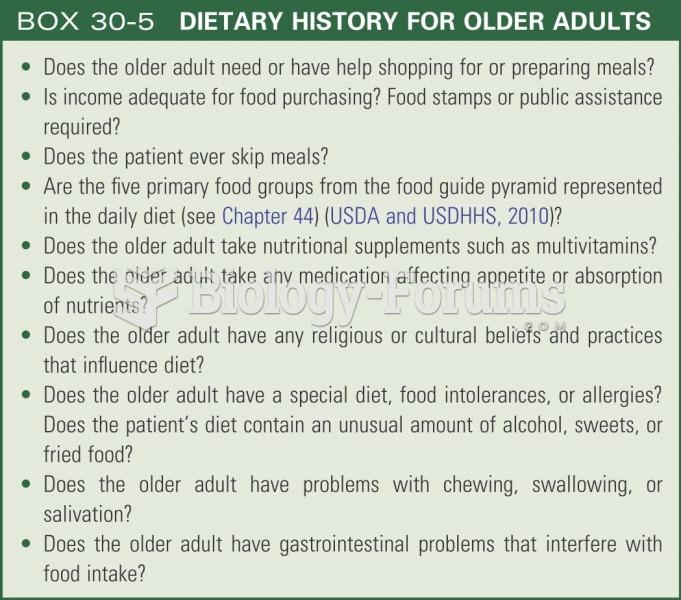A 16-year-old boy is brought to the emergency department with a history of severe lower abdominal pain. The pain was severe enough to wake the boy from a deep sleep and has lasted for 24 hours.
His pain has been persistent today, and he has complained of pain with urination. ROS is positive for mild nausea without fever, vomiting, or constipation. He has been healthy until this recent abdominal pain. Pain has kept patient from school, where he is a sophomore at East Orringtown High. Physical examination reveals no fever. Patient is breathing comfortably without signs of labor or any abnormal sounds. Abdomen is not distended but soft with no focal tenderness. No costovertebral tenderness noted upon palpation. Normal blood count and urinalysis. CT scan performed at hospital, and the radiologist report reveals mild dilation of the appendix, but no inflammation surrounding the appendix, as well as a large amount of stool in the rectosigmoid. Plan: Due to the patient's asymptomatic status and normal physical examination, the patient is discharged home with his family. Which of the following E/M service codes best reflects the documented service? a. 99218
b. 99221
c. 99252
d. 99283
Question 2
An initial E/M service is provided in the private residence of an 83-year-old woman who has been discharged from a nursing home. The patient broke her fibula when she fell off a ladder.
The clinician collects an extended HPI, a complete ROS, and a complete PFSH, making note of the number of family and friends who passed through the patient's home during the visit. Then the clinician performs a detailed physical examination and medical decision making of moderate complexity. The clinician documents that the patient is a delightful older woman who laughs frequently and is quite alert, and even gregarious. Which of the following E/M service codes best reflects the documented service? a. 99343
b. 99253
c. 99349
d. 99326







